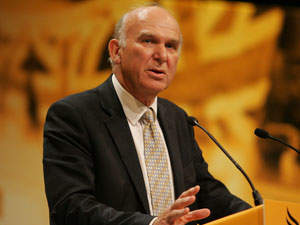

We have looked before at the huge volume of personal information in the public domain and this trend is set to continue. There are significant increases to the level of disclosure of information in the pipeline.
Perhaps the biggest change is the introduction of a central register of company beneficial ownership. This sounds fairly bland, but ‘beneficial ownership’ gets to the heart of exactly who sits behind companies and other entities. It identifies those who really control companies – even if they sit at the top of a chain of entities or pull strings in the wings.
In essence, the intention is that the identity of anyone who ultimately owns or controls 25 per cent of a company’s voting rights or who exercises control over the company’s management will be disclosed in a publicly searchable register.
If shares are held by trustees, the trustee and any person exercising ‘effective control’ will need to be disclosed. This may require disclosure of the identity of beneficiaries or settlors, although control sits with the trustees in the vast majority of trusts.
It is expected that the new register will include the beneficial owner’s name, date of birth, nationality, country of residence and address (although residential addresses will not be publicly available). This means that except in limited circumstances, anyone (including credit agencies, revenue/governmental authorities, journalists and your nosy neighbour) can search this information.
No-one is suggesting that these new rules to combat financial crime and increase transparency are not welcomed (although – an aside – identity thieves are presumably pleased at the volume of information that will become accessible). As Vince Cable rightly points out, ‘Transparency and accountability give confidence and help create an environment for growth.’
But individuals must be aware of these new rules to prepare for the changes and consider how to manage the implications, even though the implementation date is still some time in the future.
For example, a family business may comprise a number of entities across the globe, all sitting beneath one TopCo. If the head of the family takes the very personal decision to move away from the business and allow the next generation to step up, perhaps by adjusting roles on the board and voting rights, that might tip the balance over 25 per cent and highlight the internal changes.
It is not inconceivable that a headline-hungry journalist might herald this as the end of an era, unsettling the company’s staff and clients with a real impact on the company’s finances.
Another example: shares held through a nominee are given as a gift by a mother to her son. The transfer is now immediately obvious. Anyone, including the son’s spouse, co-habitee, peers or employer could now be aware of what would otherwise have been a private gift.
In other cases, high-profile individuals use corporate structures simply to keep their affairs private to avoid incessant and intrusive media speculation about their private lives. In some countries corporate structures are used to mask the extent of a person’s wealth from criminals who resort to heinous acts like kidnapping children to extort money.
In such circumstances, detailed consideration will be needed to manage the implications of the implementation of these changes, and individuals and their advisers should be alive to the potential risks.
The message is simple, even if the rules are not. Transparency is welcomed, and here to stay, but do not ignore the need to consider how it will affect you.
Corinne Staves is a partner at boutique private wealth law firm Maurice Turnor Gardner LLP






